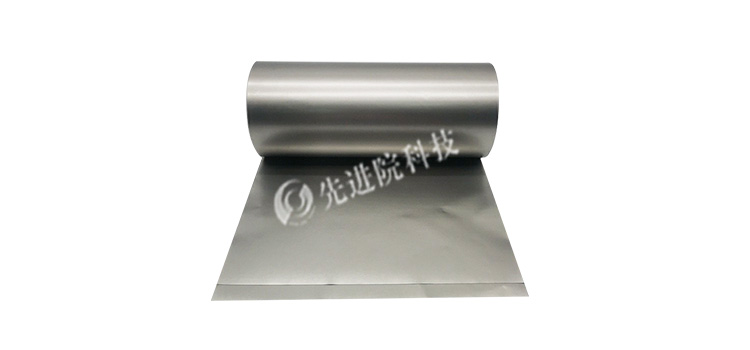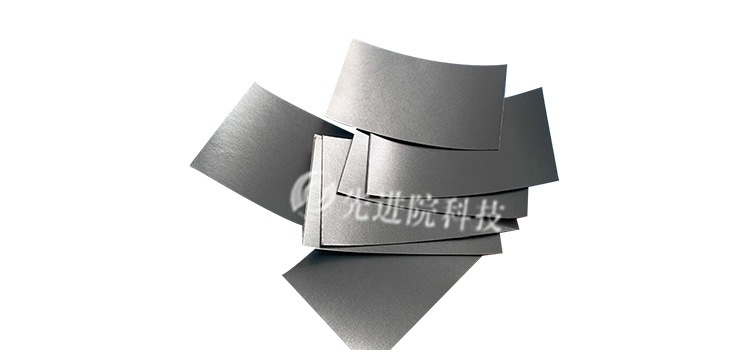RFID (Radio Frequency Identification) anti metal materials refer to special materials designed to reduce the impact of metal on the performance of RFID tags. When RFID tags are directly attached to the surface of metal objects, the reflection and eddy current effects of the metal can seriously interfere with the normal operation of the tag, reduce the reading distance, and even render the tag ineffective. Anti metal materials can be used as a solution to improve this situation by placing a layer of shielding or absorbing material between the RFID tag and the metal surface.
The function of anti metal materials
- Signal enhancement: By reducing the reflection and interference of metals on RFID signals, the reading range and reliability of tags are improved.
- Environmental adaptability: allows RFID tags to work properly in metal environments, expanding the application scope of RFID technology.
- Easy to install: usually in the form of stickers, it is easy to install between RFID tags and metal surfaces.

Technical Parameter
- Material type: Common anti metal materials include but are not limited to ferrite, magnetic rubber, magnetic film, etc.
- Size: Depending on the size and application requirements of the RFID tag, anti metal materials can come in different sizes.
- Thickness: Anti metal materials are usually very thin to minimize additional space occupation.
- Operating frequency: Suitable for RFID tags of different frequencies, including HF (high frequency), UHF (ultra-high frequency), etc.
Application scenarios
- Asset management: Use RFID tags to track and manage metal equipment, tools, and other assets.
- Logistics warehousing: Use RFID tags on metal shelves, pallets, and containers to optimize inventory management and logistics processes.
- Manufacturing industry: Automated identification and tracking of metal components using RFID tags on production lines.
- Medical equipment management: Use RFID tags on metal medical devices for location tracking and maintenance records.

The benefits of using anti metal materials
- Improve reading performance: Better reading distance and accuracy can also be achieved on metal surfaces.
- Expanding application areas: enabling RFID technology to be applied in more complex environments.
- Simplified deployment process: RFID technology can be used without the need for additional modifications to existing metal equipment.










